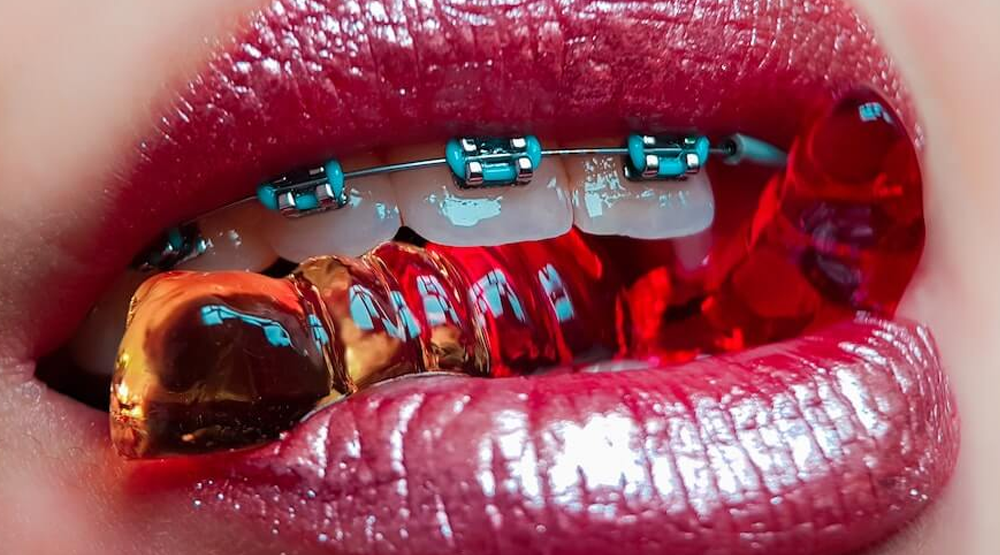
Metal braces may be coated with Teflon, which has been associated with hormone disruption and other health problems.
According to experts, braces increase your risk of dental caries (cavities), gingivitis, inflammation, and soft tissue damage. All braces may cause white spots (calcifications) on your teeth that are hard to get rid of.
Ceramic braces are used as an aesthetically pleasing alternative to metal braces. However, ceramic braces are known to occasionally break off natural tooth structure in the removal process. Not only do they cost more than metal braces, but they may also still be coated with toxic Teflon.
Metal retainers can contain heavy metals that may release into your body, triggering allergic reactions and/or cytotoxicity. Nickel and chromium seem to be of particular concern, according to this in vitro study. Avoid heavy metals in your mouth, especially nickel and chromium.
Ceramic retainers, also known as plastic retainers, may contain BPA or BPA-forming chemicals. Fewer plastic retainers contain BPA nowadays, but it’s still worth asking about if you or your child ever has ceramic retainers placed.
Toxic Dental Treatments
Fluoride treatments may be helpful for special needs children who cannot properly brush their teeth. However, there are risks to using fluoride that are not otherwise worth taking. Not only is fluoride unnecessary to prevent cavities, but it can also trigger allergies, ADHD, lower IQ, fatigue, insomnia, and worse.
Dental sealants might contain toxic BPA (bisphenol A). This is made worse by the fact that most people who receive dental sealants are children, who are more susceptible to plastic toxicity. Newer sealant materials are generally BPA-free, so ask your dentist if you’re unsure.
Dental bonding may contain BPA. Some dental bonding composites may be cytotoxic, so be sure to ask your dentist.
Dental implants are often made of titanium, used for its nonreactivity and durability. However, more and more evidence shows that titanium implants corrode and release heavy metals into your mouth and body — not only titanium, but nickel and aluminum, too. This can trigger heavy metal toxicity and allergic reactions. Try zirconia implants instead.
Crowns may contain heavy metals to which the patient is allergic. Although this is different from toxicity, allergic reactions are still undesirable and should be avoided. Opt for ceramic crowns and bridges.
Why Do Dentists Use Toxic Materials?
Dentists still use toxic materials to fill in cavities because they are cheaper and more convenient, and organizations like the ADA continue to endorse them, despite the mounting evidence that these toxic dental materials are triggering adverse side effects in a lot of people.
Although biocompatible, non-toxic alternatives may cost more, the toxic filling materials cost you more in the long run — health-wise and money-wise since you pay for treatment of the toxic side effects.
Make sure you visit a biological dentist, who is concerned with more than just your oral health. They can make sure your dental treatments are non-toxic and safe.



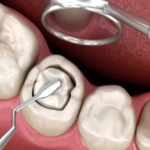
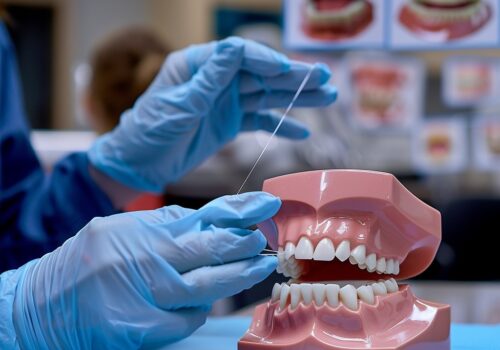
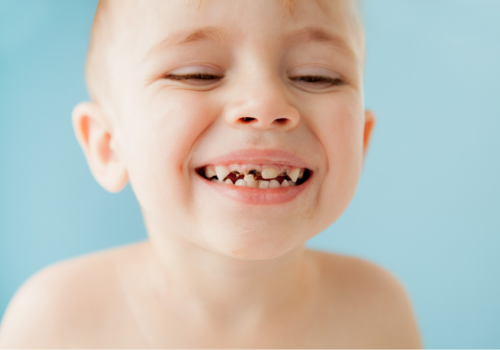
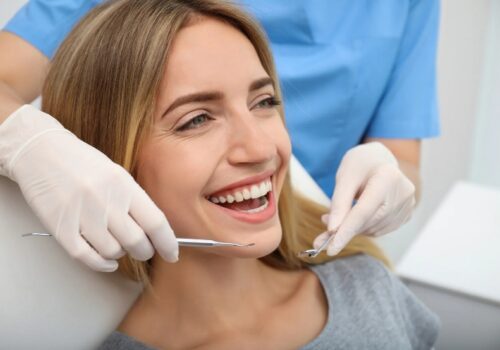
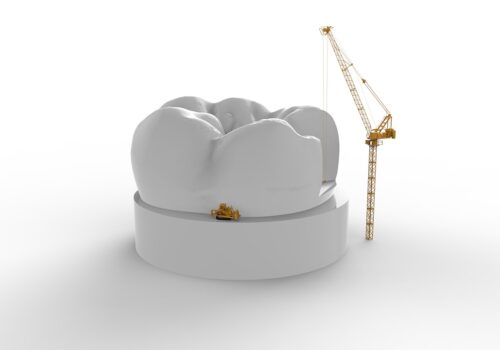
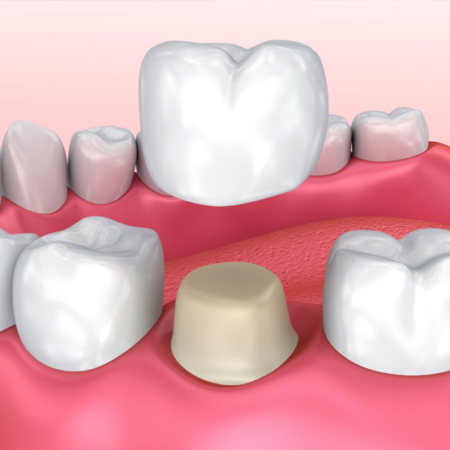
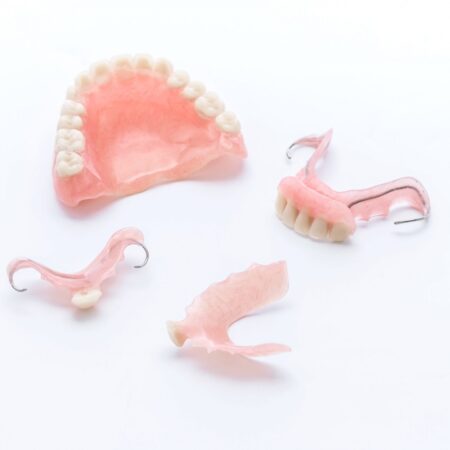
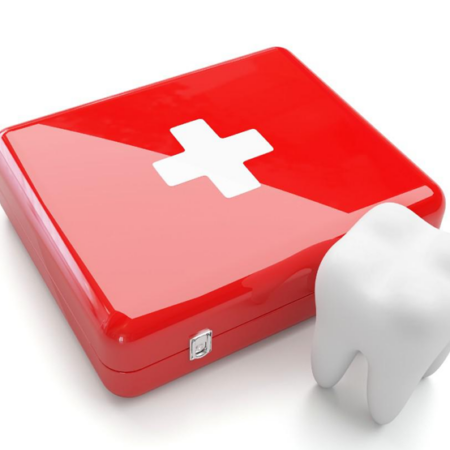
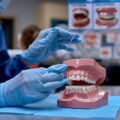


Leave a Reply